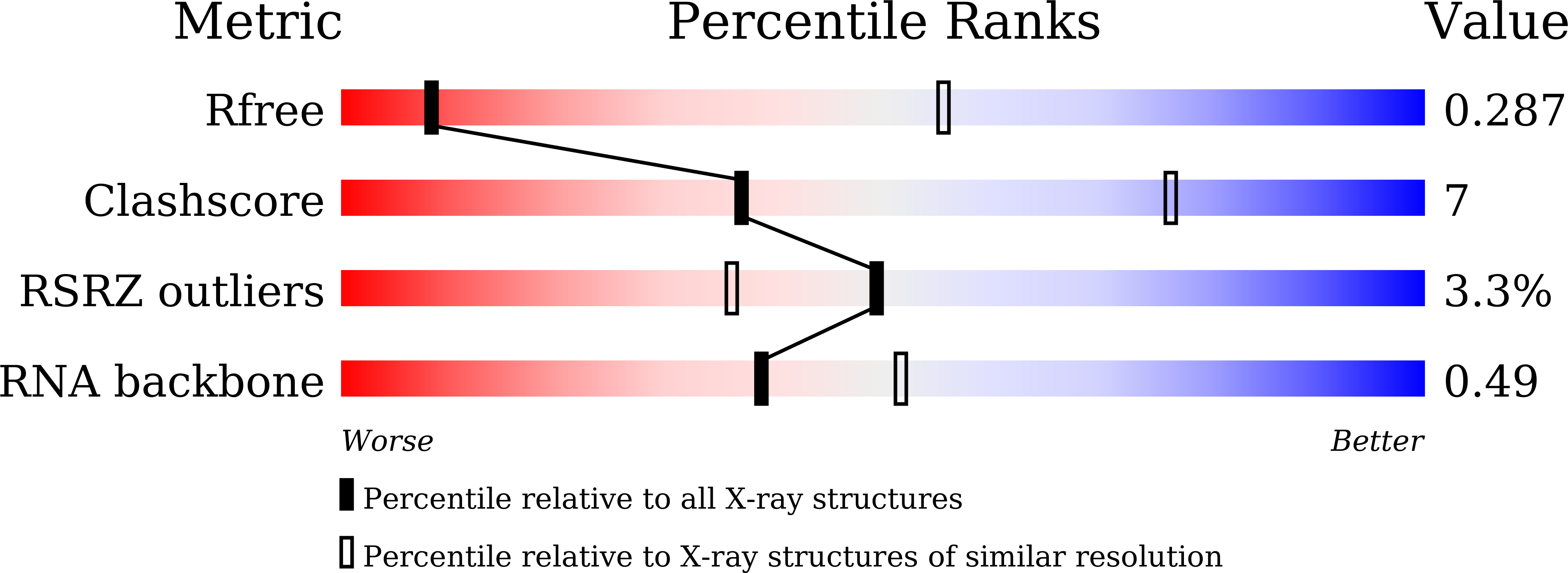
Deposition Date
2024-09-08
Release Date
2025-06-04
Last Version Date
2025-06-04
Entry Detail
PDB ID:
9JGM
Keywords:
Title:
The Escherichia coli yybp riboswitch as a tandem riboswitch regulated by Mn2+ and pH
Biological Source:
Source Organism:
Escherichia coli K-12 (Taxon ID: 83333)
Host Organism:
Method Details:
Experimental Method:
Resolution:
3.73 Å
R-Value Free:
0.28
R-Value Work:
0.23
R-Value Observed:
0.23
Space Group:
P 61


